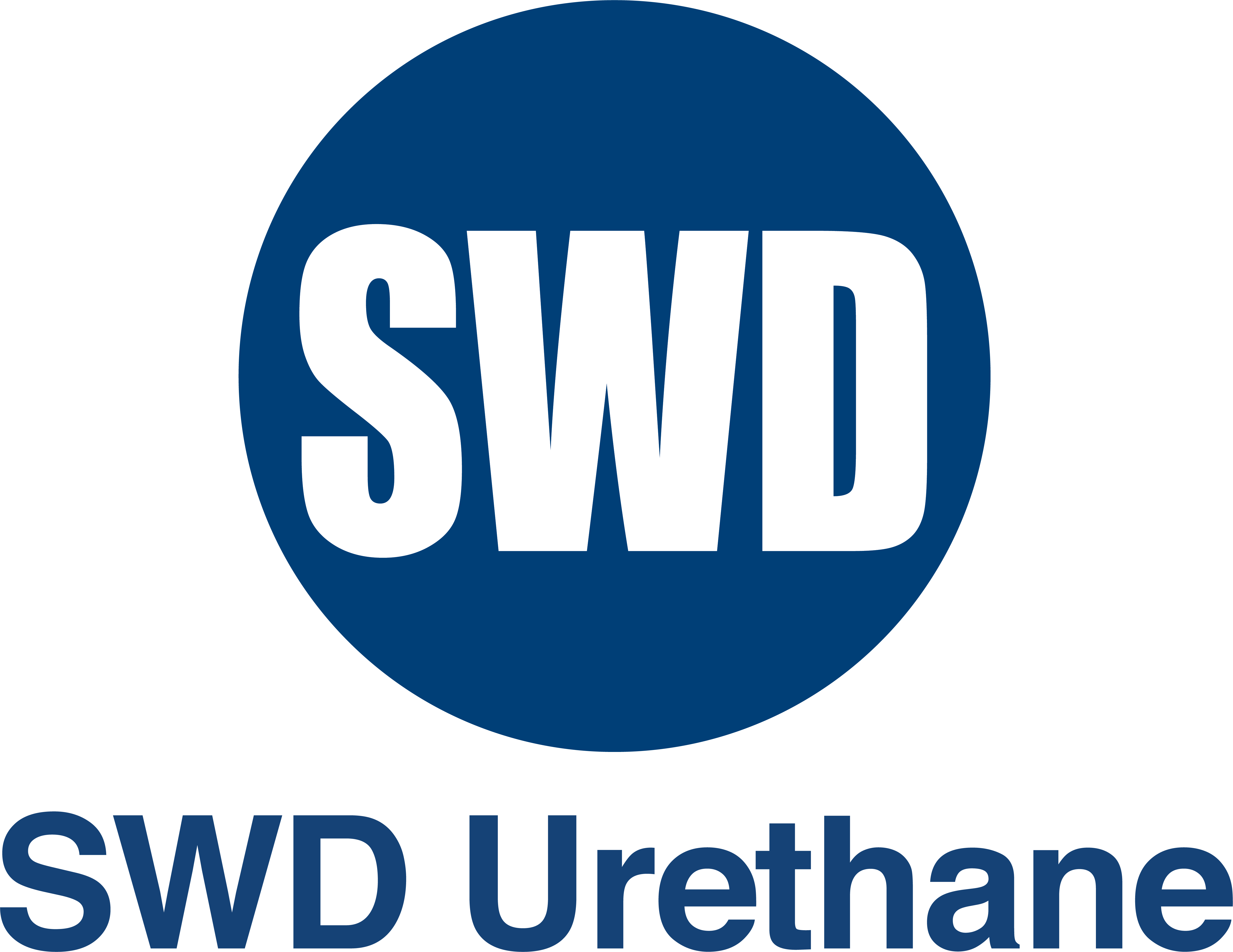Whether you’re in the insulation business or a building owner getting ready for renovations, you may have heard of firestopping insulation. But what is it, and what do you need to know about it? Read on for some details regarding the use of firestopping insulation. When you’re ready to invest in insulation installation in Northern California, this may prove to be a good option!
What is firestopping insulation?
Firestopping insulation is designed to stop fire from spreading. Even in the most extreme temperatures, this material can resist heat and melting. A unique characteristic of this particular firestopping insulation is that it doesn’t produce smoke, which makes it a great option for commercial and industrial applications. It upgrades your building to a stronger R-value insulation while also fulfilling fire safety requirements.
Firestopping insulation is lightweight and semi-rigid, made from stone wool and created to provide firestopping and acoustical properties for a variety of buildings. It fills perimeter gaps between concrete flooring, floor and ceiling slabs, exterior walls and firewalls, and can be installed around conduit pipes and duct openings running through floors and walls. Not only it is fire resistant and non-combustible, it also won’t create toxic smoke or allow flames to spread. Other benefits include its ability to increase a building’s energy efficiency, improve thermal stability and control noise coming into and leaving the building.
Three common misconceptions
Although firestopping insulation is highly praised in the industry, not everything you may have heard about it is true. Let’s break down the three most common myths surrounding firestopping insulation to set the record straight:
- Caulks and sealant have to be red: One of the top misunderstandings about firestopping caulks and sealants is that they must be red in color. This is not true, as there are no code requirements that enforce it. The truth is that firestopping sealants and caulks come in many different colors in order to differentiate the types of products and how they are to be used.
- Polyurethane foam is a firestopping material: Not all insulation materials are firestopping products—they must bear the correct markings from a third-party testing agency. This is important to know, since low-density polymer foams can ignite easily and be taken over by fire. That said, polyurethane foam, unless specifically formulated and tested for firestopping use, is a terrible choice as a fire barrier insulation material.
- All pipe insulation is similarly firestopped: This statement is simply not true. Keep in mind that the fire protection performance of pipe insulation materials can vary dramatically. For instance, some non-combustible insulation materials like mineral wool can resist fire and actually help during the firestopping process. But since low-density polymer foam insulation can be challenging generally to firestop, the firestopping material used on pipe insulation also needs careful consideration.
If you’re a homeowner or building owner who wants more information about firestopping insulation installation in Northern California, feel free to contact the team at Ace Insulation Inc. Reach out to us for all of your insulation needs!


